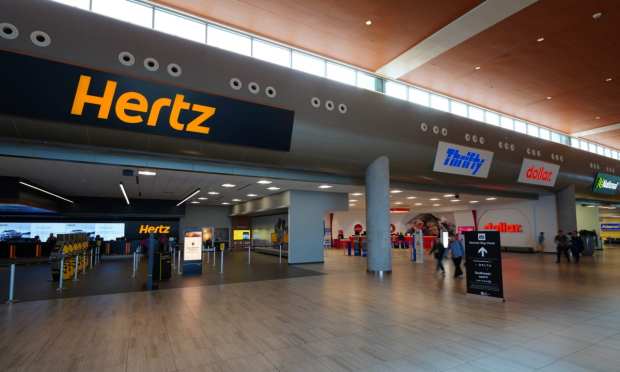Slow Rebound Marks Cautious Optimism In Battered Travel Business

The travel industry has been reporting a slow increase in demand that’s leading to a rebound in revenues, as well as the possibility of increased capacity for hotels, car rentals and airlines.
Although COVID-19 cases are once again starting to rise in the U.S. and abroad, airline and hotel industry executives are saying that seven months of pent-up consumer demand bodes well for the future of the beleaguered sector. This budding “worst-is-over” logic is predicated on the fact that any business that has spent the past seven months retooling its operations to adapt to this financial crisis will probably be there on the other side.
For example, just five months after Hertz Global Holdings filed for bankruptcy protection, the car rental business is experiencing a rebound that few had predicted. This as COVID-weary travelers have shown a preference for driving themselves versus taking mass or other public transportation – and that has led them straight to rental car agencies, which are reporting an uptick in bookings.
“We believe there may be meaningful pent-up travel demand from those feeling cabin fever,” Avis Chief Financial Officer Brian Choi told investors on Friday (Oct. 30), The Wall Street Journal reported.
While bookings are still down sharply from their pre-pandemic levels, they have been improving since July, and industry executives are optimistic that the trend will continue and that the worst is behind them. At the same time, the rental fleet operators are also benefiting from the recent surge in used car prices, which allows them to capture solid returns on assets that have essentially been parked for six months.
Cruise Lines Stay Docked
After being docked under the Center For Disease Control and Prevention’s No Sail Order since March, the nation’s cruise lines were given a new set of rules on Friday that aims to gradually reopen that business. After the blanket cruise ban expired on Oct 31, the CDC released a conditional sailing and testing mandate to ensure that operators have adequate health and safety measures in place for crew members, while also allowing them to build out the necessary laboratory capacity to test future passengers.
While far short of a green light, the CDC update does mark the first sign of movement in an industry that had previously been under complete lockdown.
“It takes a pretty conservative approach, but it gives them the means to get started,” Patti Mackey, CEO of Alaska’s Ketchikan Visitors Bureau, told local reporters. “And I think that’s all anybody was looking for at this point.”
Previously, Alaska saw 1.2 million annual cruise visitors per year, but that went to zero when the pandemic hit in March. State tourism officials are hoping the new rules will allow the industry to book for the key summer season in 2021.
Hotels Hit 50 Percent
On the hotel side of the travel business, a new surge of COVID cases threatens to present serious obstacles for a business that has just plateaued at about a 50 percent industry-wide occupancy rate.
“It does send the signal that hopefully this leisure demand that we’ve seen — the only demand that we’ve really seen through the pandemic — will extend a little farther into fall than what we would typically see in a year,” analytics company STR’s President Amanda Hite told an industry gathering last week. Still, she cautioned, demand has largely plateaued, with little growth week over week: “So that’s a little concerning.”
A report in Hotel Management shows that occupancy has hovered between 47 and 50 percent since late July. Jamie Lane, senior director of economics and forecasting at CBRE, said his company has measured steady gains on the weekends and flat occupancy rates on weekdays.
“On the weekday corporate traveler side, there’s been some weakness,” he acknowledged, pointing specifically to rate more than occupancy as the challenge. “Yes, leisure is filled in, but if you look at comparables to 2019, where generally you see corporate rates begin to increase [due to] more corporate group demand, that hasn’t been there.” In 2020, he said, rates have deteriorated “week after week” as the pandemic and downturn dragged on.
The Global View
On Friday (Oct. 30), the London-based World Travel & Tourism Council revised its forecast for job losses, saying the industry was on track to shed 174 million jobs this year. While alarming, that figure represents a fairly sharp improvement from the 197 million job loss forecast it made in June.
To that point, the group presented G20 leaders with a 24-point plan to help ease the way back for this critical industry, including public-private collaboration, more coordinated international efforts, standardization of health protocols, testing regimens and contact tracing, as well as calls for more promotional assistance.
